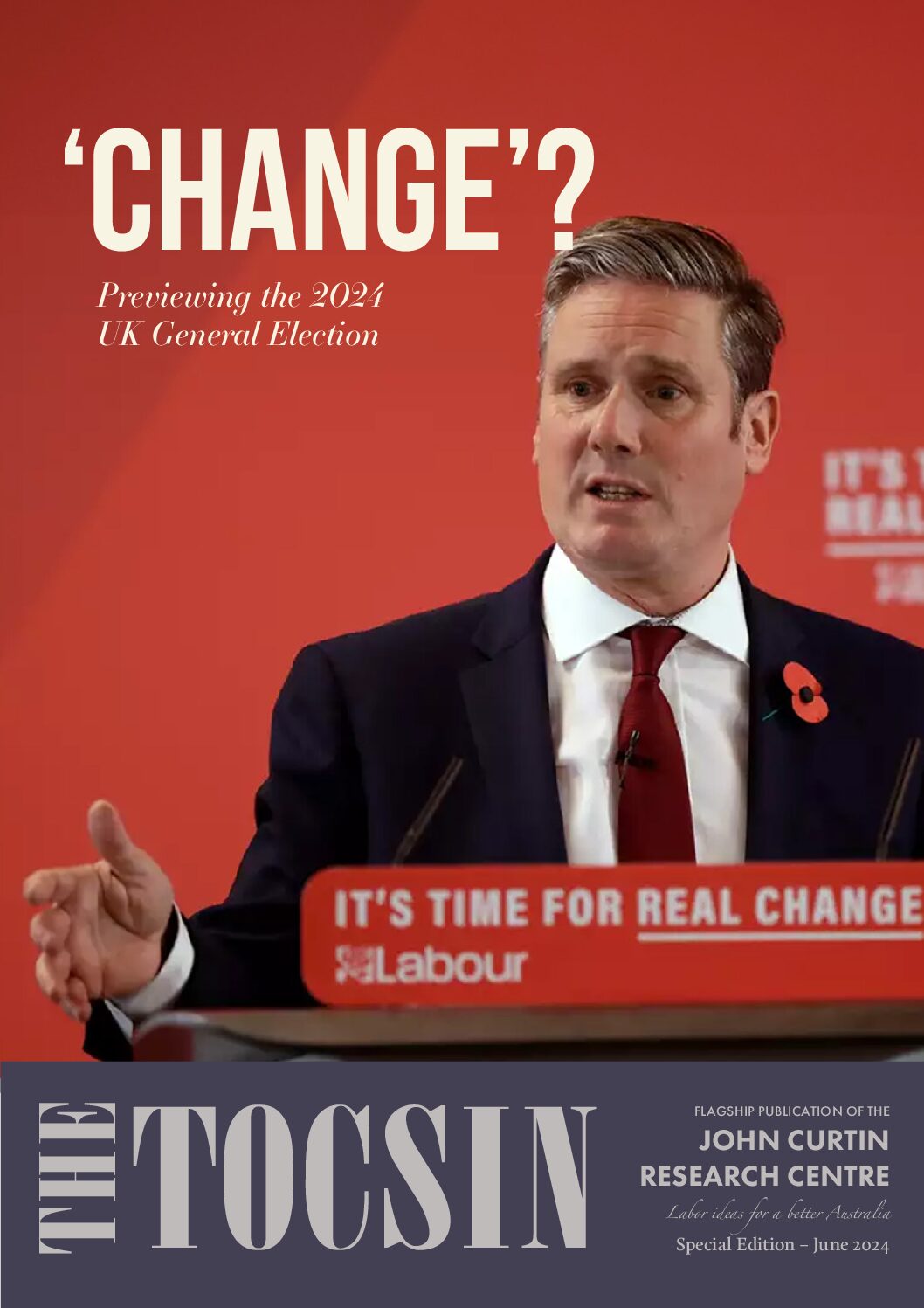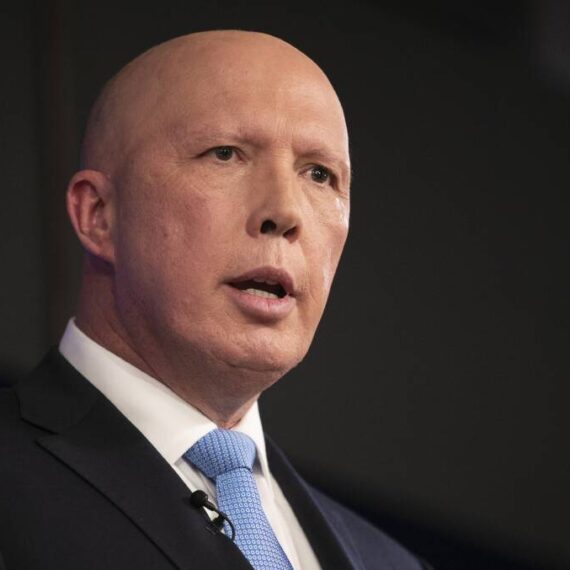Even the most rusted-on Labor supporter recognises that the Albanese government has a bad case of the mid-term blues. Approaching the 18-month anniversary of the ALP’s 2022 victory, if an election were held today, Labor would win. Yet, the the two-party preferred vote has narrowed considerably – one poll has Peter Dutton’s opposition lading.
As they say in the classics – the honeymoon is over, baby.
We should be careful not to read too much into any ‘Voice’ referendum effect. It is difficult to quantify and likely won’t be a determining factor at the next election, scheduled to take place next year or in 2025. Cost of living pressures, interest rates, economic gloom, the Qantas imbroglio and geo-political crises are more pertinent factors.
Labor-aligned pollster Kosmos Samaras suggests that this slide is being fuelled by the decline of support within the outer suburbs and regions, mainly by voters with an equivalent TAFE, Year 12 or below qualification. It’s education, stupid!
While the government is widely credited for the way it began its term in office – competent and considered, bringing civility to public discourse and not breaking promises – there are enormous economic challenges which can no longer be ignored. Lower growth, stalling productivity, and stubbornly high inflation, thirty per cent of voters experiencing food insecurity and four million Australians living in housing stress have put the heat squarely on Labor.
Perhaps the chickens of not taking bold, early action and small target strategy of 2022 are coming home to roost. Albanese’s government has, up until now, been hesitant to burn political capital by taking on big economic reforms. When I discuss its fortunes with key players within the ALP, most struggle to identify a campaign narrative, let alone a suite of policies Labor will take to the next election.
Labor needs a big-bang policy reset to campaign on from early next year and pivot to the economy. As heretical as many Labor people might regard speaking favourably of John Howard, his launching of a debate over the GST ahead of the 1998 election very likely saved his government. Certainly, Howard himself has always said so. His government had a weak first term, beset by ministerial resignations and policy drift, until the GST debate gave it a purpose, self-definition and an issue around which to draw sharp political distinctions.
And so in a similar position, looking at their first re-election attempt, enter stage left and right the stage three tax cuts for this federal Labor government.
This final tranche of income tax cuts, passed by the Morrison government in mid-2019, are due to begin in July 2024. They completely remove the $120,000 to $180,000 tax bracket, increase the top tax bracket to $200,000 and reduce the marginal rate of tax for everyone earning between $45,000 and $200,000 to 30 per cent. This flat, regressive tax system is anathema to Labor’s egalitarian impulses and will make progressive government harder, not easier.
They ought to have been jettisoned in the first six months of the Labor government. But now scrapping them altogether or, more realistically, reworking stage three is still good economics and even better politics for three interlinking reasons.
First, it is the fiscally prudent thing to do. With massive spending pressures on the budget – from defence to our ageing population, NDIS to servicing debt – we can’t afford them. Saving the budget an estimated $70bn to $130bn is crucial to its long-term health.
Secondly, in the short-term, the last thing the economy needs is for government to heap fuel on inflationary fires by boosting the discretionary spending power of those Australians who have been least affected by economic headwinds and cost of living pressures.
Finally, it goes without saying that amending stage three is the fair and equitable thing to do. The implementation of stage three cuts is akin to reading the last rites of a social democratic, progressive tax system. Sticking with stage three cuts will cling to a future Labor government like a limpet to a rock.
One fiscally prudent and fair tweak would be to retain the 37 per cent bracket for income between $150,000 and $180,000 but cut it for those earning $120,000 to $150k to 30 per cent in the dollar. Those earning between $45,001 and $120k should pay a rate of 25 per cent.
Granted tweaking Stage 3 carries with it political risk. It would undoubtedly provide a unifying issue for the still divided Dutton opposition and big business and right-wing ideologues. The opposition would surely conflate foregone tax handouts to the richest Australians with aspirational battlers.
But dodging the hard decisions and the big arguments is what’s led Labor to this political cul-de-sac it now finds itself in. There are some fights well worth having.
Whatever transpires, Treasurer Jim Chalmers needs to find an agenda to fight for, and a narrative to sell it. The future of this Labor government and one Chalmers potentially leads in the future is banking on it.
See Nick Dyrenfurth’s feature opinion in The West Australian.
Nick Dyrenfurth is Executive Director of the John Curtin Research Centre





